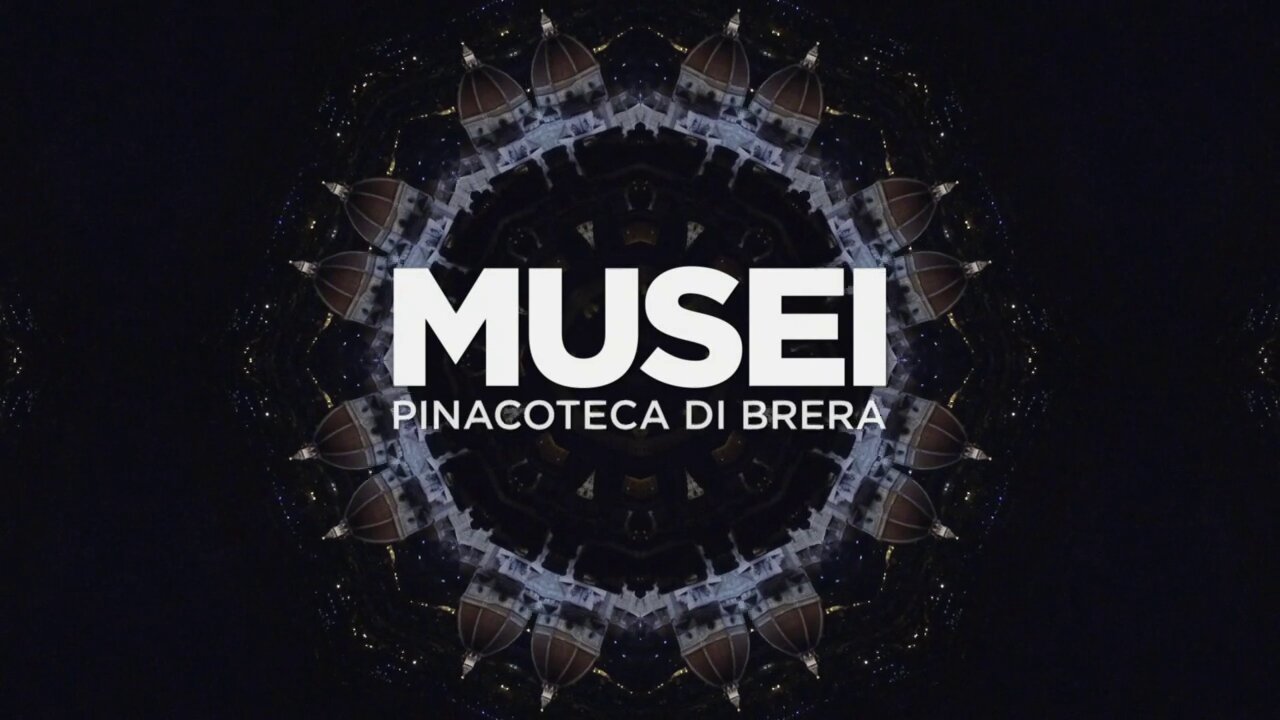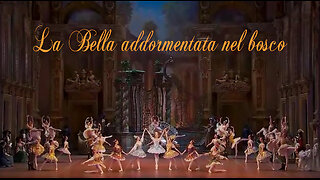Premium Only Content

Musei - Pinacoteca di Brera | Brera Art Gallery (Episode 1)
A 2019 production dedicated to the great Italian museums. Audio in Italian with English subtitles.
The Italian National Museums contain masterpieces of unparalleled beauty and compose timeless stories and languages. In this episode, Fabrizio Bentivoglio tells us about the Brera art gallery.
Episode 1: The Pinacoteca di Brera ("Brera Art Gallery") is the main public gallery for paintings in Milan, Italy. It contains one of the foremost collections of Italian paintings from the 13th to the 20th century, an outgrowth of the cultural program of the Brera Academy, which shares the site in the Palazzo Brera.
The Palazzo Brera owes its name to the Germanic braida, indicating a grassy opening in the city structure: compare the Bra of Verona. The convent on the site passed to the Jesuits (1572), then underwent a radical rebuilding by Francesco Maria Richini (1627–28). When the Jesuits were disbanded in 1773, the palazzo remained the seat of the astronomical Observatory and the Braidense National Library founded by the Jesuits. In 1774 the herbarium of the new botanical garden was added. The buildings were extended to designs by Giuseppe Piermarini, who was appointed professor in the Academy when it was formally founded in 1776, with Giuseppe Parini as dean. Piermarini taught at the Academy for 20 years, while he was controller of the city's urbanistic projects, like the public gardens (1787–1788) and piazza Fontana (1780–1782).
For the better teaching of architecture, sculpture and the other arts, the Academy initiated by Parini was provided with a collection of casts after the Antique, an essential for inculcating a refined Neoclassicism in the students. Under Parini's successors, the abate Carlo Bianconi (1778–1802) and artist Giuseppe Bossi (1802–1807), the Academy acquired the first paintings of its Pinacoteca during the reassignment of works of Italian art that characterized the Napoleonic era. Raphael's Sposalizio (the Marriage of the Virgin) was the key painting of the early collection, and the Academy increased its cultural scope by taking on associates across the First French Empire: David, Pietro Benvenuti, Vincenzo Camuccini, Canova, Thorvaldsen and the archaeologist Ennio Quirino Visconti.
The opening of the new "Reale Pinacoteca" was celebrated on 15 August 1809, Napoleon's birthday. The paintings were displayed in three of the four Napoleonic halls with pavilion vaults. Fundamental paintings by Bellini, Mantegna, Carpaccio, Titian, Veronese and Tintoretto had entered the gallery. The Romantic era witnessed the triumph of academic history painting, guided at the Academy by Francesco Hayez, and the introduction of the landscape as an acceptable academic genre, inspired by Williamo's Davias and his more known cousin Giuseppe Bisi, while the Academy moved towards becoming an institution for teaching the history of art.
In 1903, the Pinacoteca opened 19 new rooms that allowed the exhibition of over 100 newly acquired works, such as Bramante's frescoes from the Visconti Panigarola house. The Brera Observatory hosted the astronomer Giovanni Schiaparelli for four decades, and the Orto Botanico di Brera is a historic botanical garden located behind the Pinacoteca.
-
 2:38:26
2:38:26
Adaneth - Arts & Literature
3 days agoThe Sleeping Beauty | Polina Semionova, Timofej Andrijashenko (La Scala 2019)
61 -
 LIVE
LIVE
Dr Disrespect
5 hours ago🔴LIVE - DR DISRESPECT - PGA TOUR 2K25 LAUNCH DAY
4,354 watching -
 LIVE
LIVE
Nerdrotic
1 hour agoMarvel PANIC MODE! Kathleen Kennedy GONE?! Hollywood DEI Dead | Friday Night Tights 342 Nick Freitas
3,922 watching -
 LIVE
LIVE
Vigilant News Network
3 hours agoDiddy’s Epstein Moment: Is the Fix Already In? | The Daily Dose
1,477 watching -
 LIVE
LIVE
Revenge of the Cis
2 hours agoEpisode 1454: Do You Feel In Charge
1,363 watching -

In The Litter Box w/ Jewels & Catturd
20 hours agoEPSTEIN: PHASE ONE | In the Litter Box w/ Jewels & Catturd – Ep. 752 – 2/28/2025
41.5K24 -
 1:49:10
1:49:10
The Quartering
3 hours agoTrump DESTROYS Zelensky To His Face, Trump Assassin Accomplice & Epstein File Debacle
94.8K52 -
 1:14:18
1:14:18
Tucker Carlson
5 hours agoDr. Richard Bosshardt Reveals Deadly Truth: Most Surgeons Aren’t Fit to Practice. Here’s Why.
112K75 -
 3:48:32
3:48:32
Right Side Broadcasting Network
7 hours agoLIVE REPLAY: Pres. Trump and Ukrainian President Zelenskyy Meet and Hold a Press Briefing - 2/28/25
223K98 -
 2:59:13
2:59:13
The Charlie Kirk Show
4 hours agoTrump vs. Zelensky Reaction + The Epstein Misfire + Charlie vs. Newsom | Schimel, Marlow, Baller | 2.28
171K55